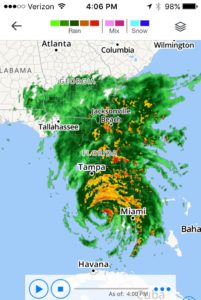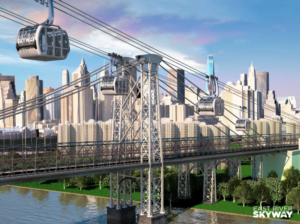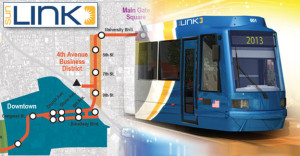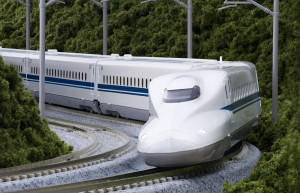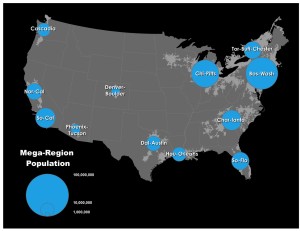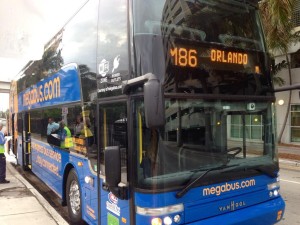 Say Wakanda to a moviegoer, and they immediately know what you mean: the fictitious land in Black Panther, the recently released Marvel blockbuster that is taking the world by storm.
Say Wakanda to a moviegoer, and they immediately know what you mean: the fictitious land in Black Panther, the recently released Marvel blockbuster that is taking the world by storm.
But Wakanda also is a place where moviegoers cn see the future of high-speed travel.
In the movie, Wakanda’s technological advancement far outpaces the rest of the world due to the availability of vibranium.
Vibranium, a metal unlike any other, powers all of Wakanda, heals the injured and everything in between. Its utility is unlike any other metal, making it a highly coveted and sought-after resource.
And, vibranium is a key to the transportation advances featured throughout Black Panther.
To transport the vibranium throughout Wakanda, scientists developed a magnet powered train system to safely move the metal. In real life, trains like this are already racing across countries around the world, although not yet in the United States
The trains are known as Maglev—short for magnetic levitation. There are three in operation, in Japan, China and South Korea.
Maglev trains are powered by a magnetic field created by electrified coils. This system causes the train to hover at about four inches above the rails, eliminating any friction. This is how a test train in Japan broke a world record, traveling at 374 mph. Continue reading

